 The Mystery Trend's name has proved appropriate in defining their fate. They were a band that lots of rock music scholars have heard of -- mentioned in lots of essays about San Francisco in the mid-'60s -- but never heard. Even the Charlatans, another Bay Area band that barely made it out of the starting gate where records were concerned, are better known, by virtue of their music having bounced in and out of print from various sources over the past 34 years.
The Mystery Trend's name has proved appropriate in defining their fate. They were a band that lots of rock music scholars have heard of -- mentioned in lots of essays about San Francisco in the mid-'60s -- but never heard. Even the Charlatans, another Bay Area band that barely made it out of the starting gate where records were concerned, are better known, by virtue of their music having bounced in and out of print from various sources over the past 34 years. The Mystery Trend never recorded much professionally, and a lot of what they did was in the realm of works-in-progress, rather than finished pieces of music. The group's other big problem was that their sound wasn't too much in sync with the music most people associate with mid-'60s San Francisco. They started out doing R&B based dance music, then gravitated toward the Beatles, the Kinks, the Zombies, and Bob Dylan, but they never really sounded like any other band. In contrast to the Charlatans, the Grateful Dead, and the Jefferson Airplane, they preferred tight song structures. For all of their associations with San Francisco in the '60s, the Mystery Trend had their roots in old-style rock & roll, R&B, and dance music. Ron Nagle hailed from the city by the bay and was a serious R&B enthusiast, especially where Ray Charles was concerned -- he played the piano and was heavily influenced by everything that he heard in Charles' early-'60s sound.
The Mystery Trend never recorded much professionally, and a lot of what they did was in the realm of works-in-progress, rather than finished pieces of music. The group's other big problem was that their sound wasn't too much in sync with the music most people associate with mid-'60s San Francisco. They started out doing R&B based dance music, then gravitated toward the Beatles, the Kinks, the Zombies, and Bob Dylan, but they never really sounded like any other band. In contrast to the Charlatans, the Grateful Dead, and the Jefferson Airplane, they preferred tight song structures. For all of their associations with San Francisco in the '60s, the Mystery Trend had their roots in old-style rock & roll, R&B, and dance music. Ron Nagle hailed from the city by the bay and was a serious R&B enthusiast, especially where Ray Charles was concerned -- he played the piano and was heavily influenced by everything that he heard in Charles' early-'60s sound.  While studying at San Francisco State College in the early '60s, he hooked up with Larry Bennett, who shared the same interests. Nagle -- who'd majored in art -- was teaching at the San Francisco Art Institute when the British Invasion hit America, and while he was serious enough about R&B to keep the Beatles at arm's length, he did see an opportunity. The British rock & roll boom restored rock bands to their rightful place at the center of music, and jump-started some long-held ambitions that he and Bennett shared about forming a band. They hooked up with students Bob Cuff (guitar), Mike Daly (bass) and John Luby (drums), and after jamming a couple of times on songs like "Woolly Bully," the group became the Terrazzo Brothers (named for an Italian masonry style), with Bennett as lead singer.
While studying at San Francisco State College in the early '60s, he hooked up with Larry Bennett, who shared the same interests. Nagle -- who'd majored in art -- was teaching at the San Francisco Art Institute when the British Invasion hit America, and while he was serious enough about R&B to keep the Beatles at arm's length, he did see an opportunity. The British rock & roll boom restored rock bands to their rightful place at the center of music, and jump-started some long-held ambitions that he and Bennett shared about forming a band. They hooked up with students Bob Cuff (guitar), Mike Daly (bass) and John Luby (drums), and after jamming a couple of times on songs like "Woolly Bully," the group became the Terrazzo Brothers (named for an Italian masonry style), with Bennett as lead singer. ++BG002-PO%5B1%5D.jpg) After about a year, a lineup change took place, as Mike Daly became their manager, Larry Bennett made a lateral move to take over on bass, and Larry West came aboard on lead guitar while Bob Cuff stayed on rhythm. By that time they were writing their own material together as a group effort, and coming up with some unusual and very fresh ideas. And there was the name change. "The Terrazzo Brothers" didn't seem to be doing anything for them, and then the bandmembers misunderstood the line about the "Mystery Tramp" in Bob Dylan's "Like a Rolling Stone": the result was the Mystery Trend. They had a special sound and a following, at least locally. The Mystery Trend were the first band to play the Matrix Club after the original Jefferson Airplane, and regularly gigged with the Great Society. They also joined the Airplane in Bill Graham's first effort at rock music promotion, the Mime Troup Benefit. Along with the Airplane, the Great Society, and the Charlatans, the Mystery Trend seemed to be on the cutting edge of what music was about in San Francisco. Part of their secret was the sheer range of influences within the lineup, and their ability to pull them together. Bennett was an unbelievably good singer for an unsigned band, and had formidable intuitive skill in handling a song. Nagle and Cuff were master rock & rollers, and Nagle, in particular, could analyze practically any song on the radio and break down what was happening in it, and why a line, lick or riff worked, or why they didn't. West was a serious beat, and a folk musician with prodigious guitar skills which meshed perfectly with Cuff's rhythm playing. And Luby was a very solid drummer, holding it all together no matter where their songs took them. If anything, the Mystery Trend more resembled the small group units that grew out of the big-band era that Benny Goodman and Duke Ellington, among others, participated in.
After about a year, a lineup change took place, as Mike Daly became their manager, Larry Bennett made a lateral move to take over on bass, and Larry West came aboard on lead guitar while Bob Cuff stayed on rhythm. By that time they were writing their own material together as a group effort, and coming up with some unusual and very fresh ideas. And there was the name change. "The Terrazzo Brothers" didn't seem to be doing anything for them, and then the bandmembers misunderstood the line about the "Mystery Tramp" in Bob Dylan's "Like a Rolling Stone": the result was the Mystery Trend. They had a special sound and a following, at least locally. The Mystery Trend were the first band to play the Matrix Club after the original Jefferson Airplane, and regularly gigged with the Great Society. They also joined the Airplane in Bill Graham's first effort at rock music promotion, the Mime Troup Benefit. Along with the Airplane, the Great Society, and the Charlatans, the Mystery Trend seemed to be on the cutting edge of what music was about in San Francisco. Part of their secret was the sheer range of influences within the lineup, and their ability to pull them together. Bennett was an unbelievably good singer for an unsigned band, and had formidable intuitive skill in handling a song. Nagle and Cuff were master rock & rollers, and Nagle, in particular, could analyze practically any song on the radio and break down what was happening in it, and why a line, lick or riff worked, or why they didn't. West was a serious beat, and a folk musician with prodigious guitar skills which meshed perfectly with Cuff's rhythm playing. And Luby was a very solid drummer, holding it all together no matter where their songs took them. If anything, the Mystery Trend more resembled the small group units that grew out of the big-band era that Benny Goodman and Duke Ellington, among others, participated in.  Those small groups, made up of top soloists and true virtuosi, had lots of room for the members to maneuver and express themselves, but were also highly disciplined.
Those small groups, made up of top soloists and true virtuosi, had lots of room for the members to maneuver and express themselves, but were also highly disciplined. ~~~~~~~~~~~~~~~~~~~~~~~~~~~~~~~~~~~~~~~~~~~~~~~~~~~~~~~
Some of the Mystery Trend's music sounded ripe for jamming, with soaring guitar solos and rippling keyboard parts, and folk-like melodies that lent themselves to experimentation, but they limited their experimentation to clean, precise three-minute-plus structures, without ever leaving the listener feeling cheated. Listening to the Mystery Trend's best work, amid the odd beats and time signatures, strange key changes and modulations, and harmonies filled with the unexpected, was, indeed, like listening to the very best of the big bands, playing the guts out of a piece in three-and-a-half minutes. It was too good to last, and it didn't last long. West exited in early 1966 in grand style, smashing his guitar on-stage in the midst of a duel with the Great Society's Darby Slick at a show in Sausalito. He nearly joined the Great Society, while the Mystery Trend continued with Bob Cuff playing what lead guitar was required on record. Eventually he left, and was succeeded by John Gregory, a very talented lead player; by that time, however, the Mystery Trend's days were numbered. The San Francisco music scene was exploding. The Beau Brummels had already scored hits on the Autumn label, a ton of other acts were getting recorded on one-off singles and, in some instances, getting local airplay; the Jefferson Airplane and the Great Society had done album-length releases, and the Grateful Dead and even the Charlatans were getting scouted by high-powered recording outfits; and late in 1966 the best thing that the Great Society had going for it, Grace Slick, had linked up with the Airplane. It was happening for every act of any note except, that is, the Mystery Trend. They'd gotten one barely representative single, "Johnny Was a Good Boy" b/w "House on the Hill" out on Verve Records through Frank Werber, the manager of the Kingston Trio, and Trident Productions, who were riding high at around that time with the work of the We Five. Werber did try hard with the group but their sound, spellbinding as it was on-stage, seemed impossible to capture adequately on record -- they covered songs by the Who and did R&B standards, and worked on a ton of originals, all to no avail. The group stuck to its own way of making music, which wasn't much like the We Five, but also avoided the kind of long, aimless jams that were becoming the rule among their Bay Area colleagues. The Mystery Trend didn't sound like anyone else, and somehow they never nailed down a second single, much less an album. By 1968, it was over. Nagle returned to studio art, which he'd never stopped entirely, and became a successful ceramic artist, and later wrote some songs for the Tubes and Barbra Streisand, among others. Apart from Larry Bennett, who passed on in the '90s, the others (including Larry West) remained in music. The Mystery Trend passed into history and the true depths of tantalizing obscurity -- their name was alluring when coupled with their obscurity, and the fact that they seemed to rate mentions in any serious books or articles about San Francisco's music roots. Nothing apart from the rare copies of that old Verve single, which told us virtually nothing about the band, was around to hear, however. In 1999, a comprehensive collection of the best surviving tracks by the Mystery Trend were released by Ace Records on its Big Beat imprint.








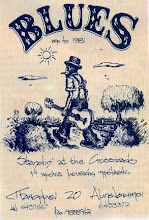

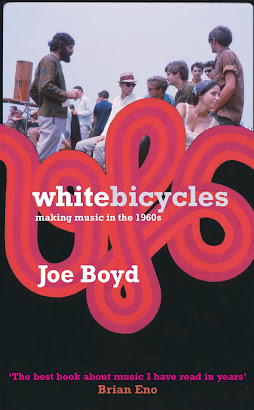
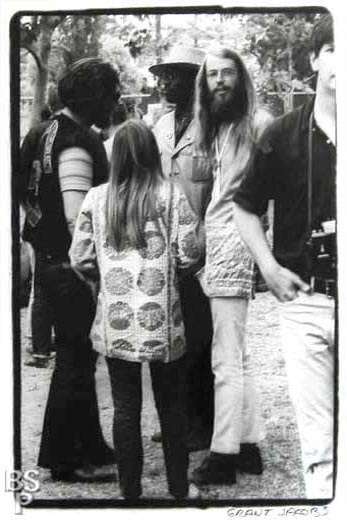
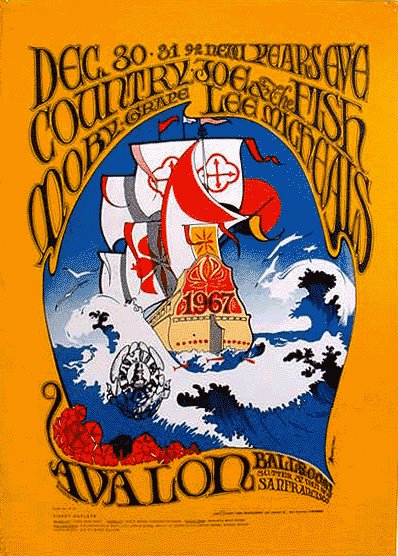
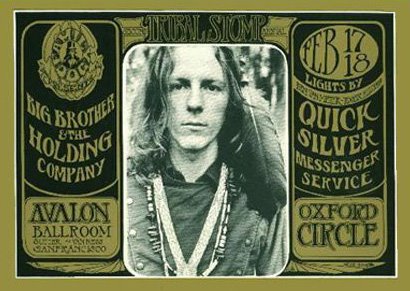
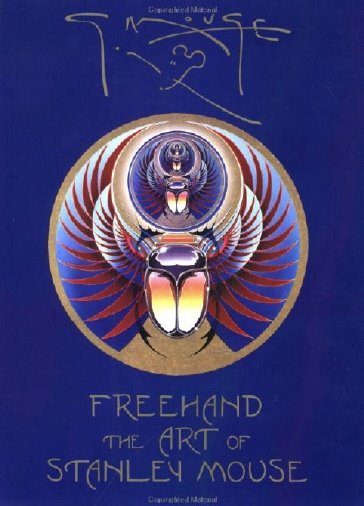.jpg)

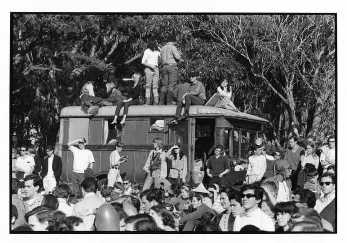




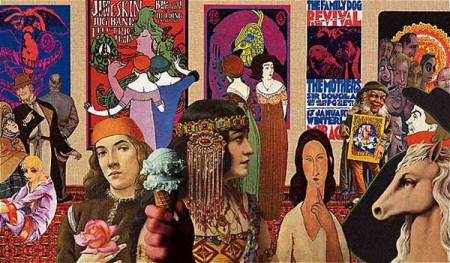.jpg)

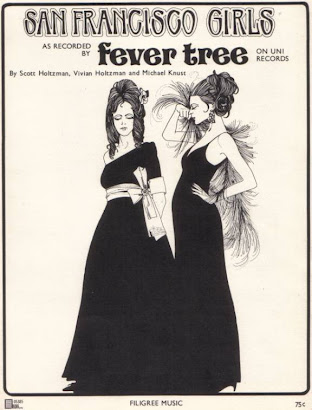
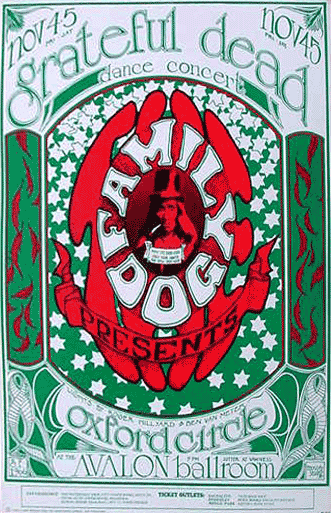
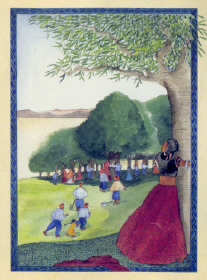
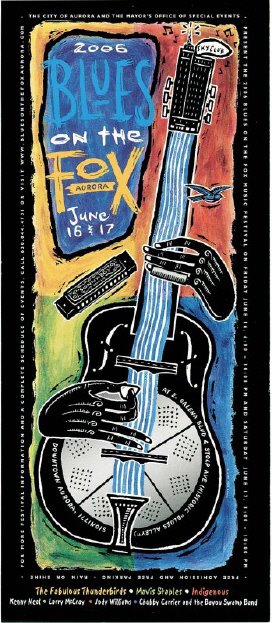



























































































+-+cover.png)














.jpg)




































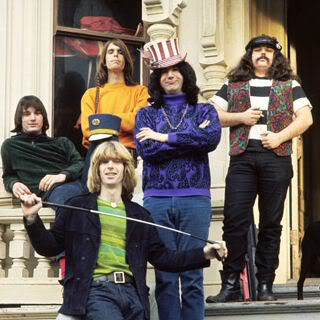






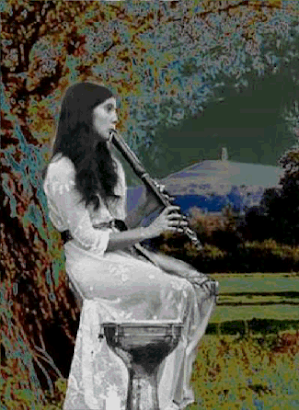













































.jpg)








2 σχόλια:
Poli kalo group.Thanks.
-dj fanis
Απο την Πρωτη φουρνιά του San Fransisco!
Nasai kala!
Δημοσίευση σχολίου